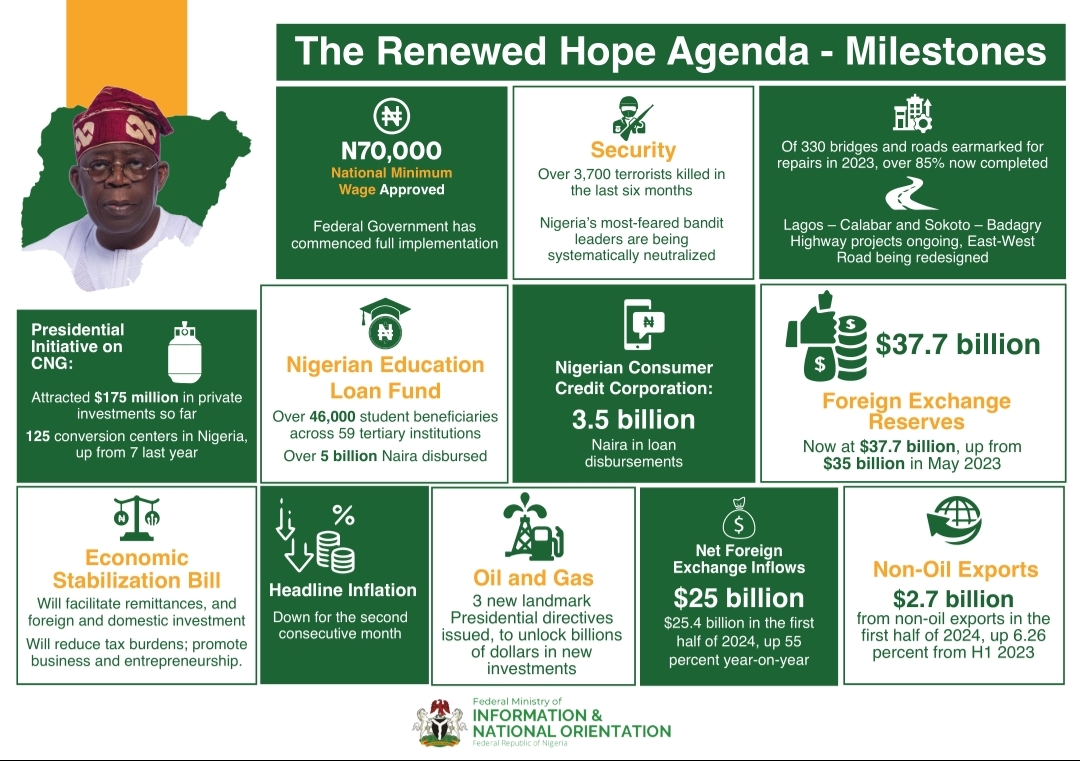
A structural engineer, Joel Olukayode, on Friday said the collapse of a floodlight mast at the National Stadium, Surulere, Lagos, was an indication that the edifice was prone to danger.
He said other facilities within the stadium needed urgent attention to avoid another mishap at the stadium.
Olukayode, project manager, SEM, Engineering and Construction Company, Victoria Island, Lagos, told the News Agency of Nigeria (NAN) on Friday that the national sporting monument had suffered neglect for over 20 years.
NAN reports that one of the floodlight masts at the National Stadium had crashed on Monday, April 17, after a rainstorm.
Olukayode said the rainstorm was the catalyst, but that the structure was already weak due to lack of maintenance.
“This is not as a result of lightening or thunderstorm, this failure is as a result of lack of proper/adequate maintenance. The steel members got corroded and failed at connection joints.
“The steel has lost its strength, maybe the facility manager did not observe it. The stadium has not been in use for a long period and this is not good for structures like that.
“If that fault had been noticed, the danger would have been averted because they would have applied anti-rust chemicals or paint on the steel.
“There are anti-rust chemicals such as red oxide, master builder among others that should have been applied to maintain the structure,” he said.
Olukayode explained that big structures like the National Stadium needed periodic inspection and assessment to avert collapse.
“We definitely lack good maintenance culture in this part of the world. However, there are some things we should not joke with, one of them is inspection of big structures.
“The stadium should be properly assessed, particularly the remaining masts because the same issue might affect them, and if they are faulty as well depending on the level of damage, they should be pulled down.
“Those structures may already be distressed waiting for external factors to pull them down; they might just be standing there, but a little environmental factor could make them fall.
“The whole stadium should undergo intergrity test,” he said.
NAN reports that the national edifice was built in 1972, with initial capacity of 55,000, which was reduced to 45,000 in 1999 to accommodate plastic seats to host the joint African Cup of Nations (AFCON) with Cameroon.
The stadium subsequently hosted important sporting events such as All Africa Games in 1973, AFCON finals in 1980 between Nigeria and Algeria won by the host.
Also, the stadium hosted the U-20 World Cup in 1999 and another co-hosting of 22nd edition of AFCON by Nigeria and Ghana in 2000 when Nigeria lost to Cameroon via penalty.
Before each major tournament, the stadium was renovated in line with either Confederation of African Football (CAF) or International Federation of Association Football (FIFA) requirements.
However, since the LG Cup match between Nigeria and Senegal in April 2004, the main bowl of the stadium has not hosted any match, and the stadium has since then suffered outright decay and unfit to host any sporting activity.
NAN also reports that the Minister of Youths and Sports Development, Sunday Dare, had on April 21 visited the scene of the collapsed floodlight at the stadium, and thereafter ordered the closure of the stadium.
Before the collapse of the mast, Dare on his Twitter handle had hinted that the 51year-old stadium would require N21 billion for a complete turnaround.






